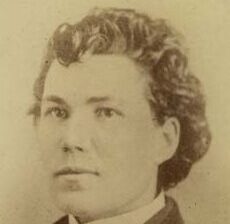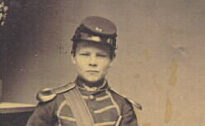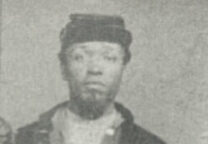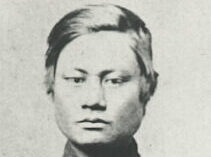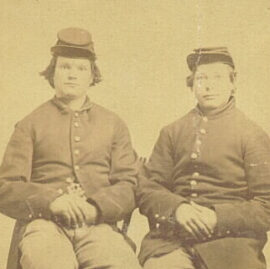Company K: Anishinaabe in the First Michigan Sharpshooters
In 2017, the Michigan History Center began a partnership with Michigan Radio’s Stateside program to share stories of our state’s history. Host Cynthia Canty discussed the service of Native Americans in Company K, 1st Michigan Sharpshooters with former Michigan History Center curator Steve Ostrander and… Read More
